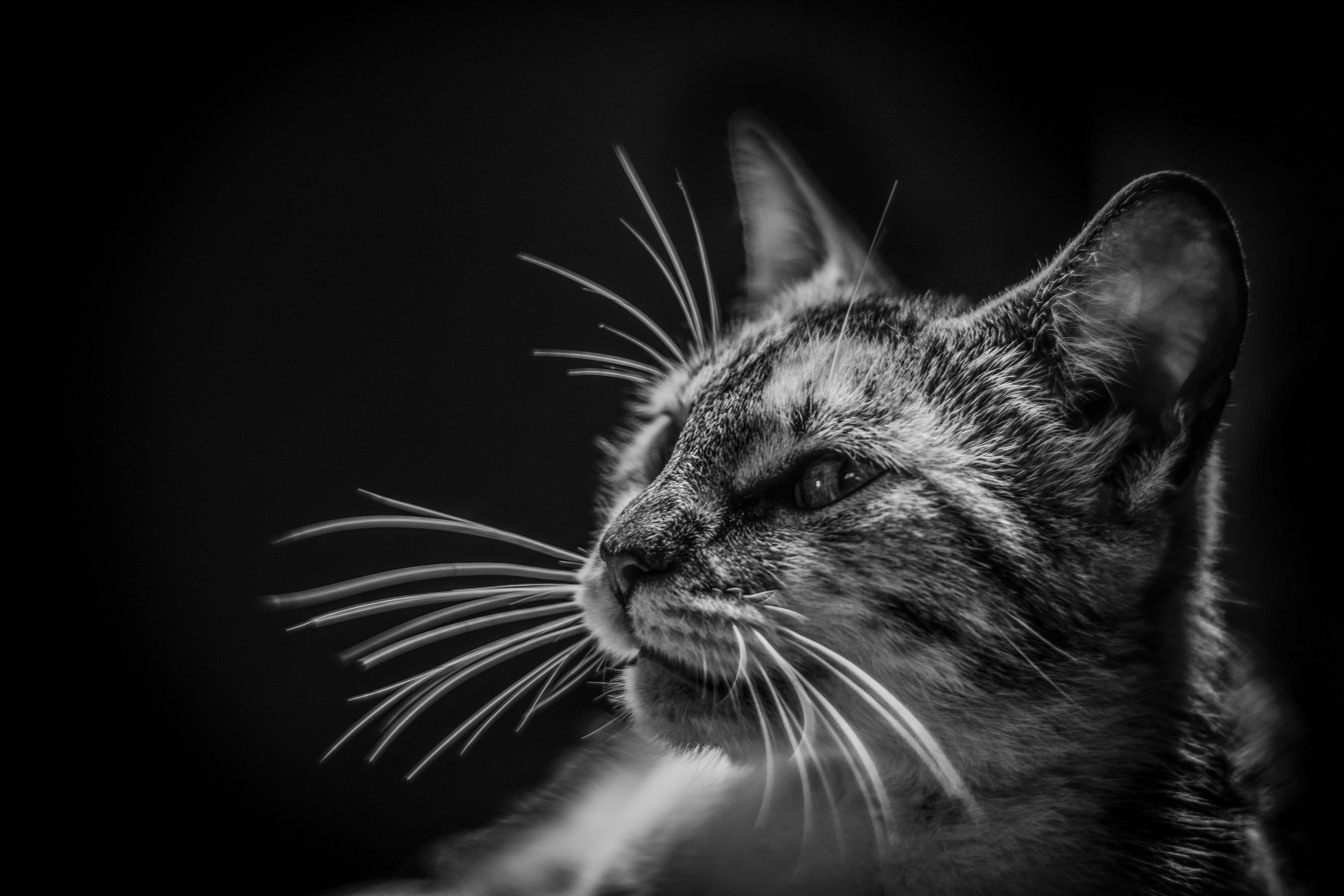The one that is coprophagous is the one that consumes excrement. Wild boars are heavy consumers of their own droppings and those of other animals. Certain young animals such as elephants, pandas, and hippos also eat their mother’s excrement to access and take advantage of the specific bacteria needed to digest the vegetation around them. The most obvious example of coprophagy is the common housefly. Everyone has seen flies in a pile of dog excrement. However, outside of varying degrees of perversity and mental illness, the practice of coprophagy among humans is considered utterly repulsive. This is an understanding that we also hope our pets will adhere to. There are many arguments as to why a dog will consume the feces of a different animal, but the purpose of this article is to focus on autocoprophagy, or why a dog consumes its own feces.
By researching this topic and talking to dog owners, I’ve learned that this is a much more common problem than most would like to admit. Dogs, being natural scavengers, have aspects of this type of behavior already pre-programmed within them. Some feel it is part of their genetic disposition. There is even an argument that wolves in the wild consume the digestive tracts of their prey, thus consuming the animal’s fecal matter.
The basic non-medical reasons for self-eating dog behavior are quite simple. Some reasons for a domesticated dog’s feces-consuming behavior could have to do with things as simple as boredom, lack of exercise, or hunger. Some have speculated that overeating could also be a trigger for coprophagia, because the food has not been fully digested. Another reason could be stress within the animal. Stress could have to do with anything, for puppies, it could be the fear of being punished for pooping in the wrong place. A common stressful issue that could trigger coprophagous behavior could be the fact that the animal has recently moved into a new living situation. The other common theory about this behavior is that the behavior was learned. Perhaps picked up at the kennel or observed elsewhere.
A more common reason for coprophagia is food allergies. If the dog is allergic to the food that he is eating, then he is not absorbing all the nutrients from the food before defecating. Food allergies in dogs have become much more common as a result of the supplementation of grains such as corn and soy in dog foods. In fact, the excretion that a dog allergic to food expels is usually partially digested. The theory is that the droppings still smell relatively palatable, so the dog passes it back through his system. In these types of situations, the dog is passing unhealthy-looking feces, possibly even diarrhea. Aside from an actual allergy, there are also some other medical conditions that could lead to such behavior.
Pancreatitis is believed to be one of the main culprits for autophagous behavior. The pancreas produces insulin and various enzymes such as amylase, lipase, trypsin, and chymotrypsin. These enzymes help in the digestion of food. If these enzymes leak out of the pancreas, this can lead to inflammation and a whole host of other problems. Coprophagy can also be part of this. Again, this has to do with incomplete digestion.
Another possible cause of autocoprophagy in dogs is exocrine pancreatic insufficiency. This disease is also known as maldigestion syndrome. This has to do with the lack of production of certain enzymes. When the pancreas does not make the right amount of enzymes, it is when maldigestion syndrome appears. The stool that is produced when a dog is in this state is not fully digested. The dog can consume his feces because he is constantly hungry. He is not digesting food well. In its quest to fill in the missing nutrients, autocoprophagy can take place.
The methods pet owners use to stop this behavior are varied. The common understanding is that punishment is counterproductive and could actually be a reinforcement of the behavior. There are products like Four Paws Potty Mouth that make a dog’s stool taste undesirable, even for a dog that likes the stuff. Dog owners have used food additives like pineapple chunks, meat tenderizers, and many other over-the-counter products to make their dog’s feces undesirable for their pets. Another method that seems to be commonly used is to flavor the dog’s feces with Tabasco or a similar hot sauce. However, immediate cleanup of stool directly after defecation appears to be the best option. Again, this is an article on autocoprophagy, and not intraspecific coprophagy, which is the consumption of feces from a different animal within the same species, or interspecific coprophagy, which is the consumption of feces from a different species. One hopeful theory on the subject is that if the dog’s behavior can be cured at home, the chances of it passing into another animal’s feces are slimmer. In any case, all elements of autocoprophagy can be limited if the owner really pays attention to his pet.
